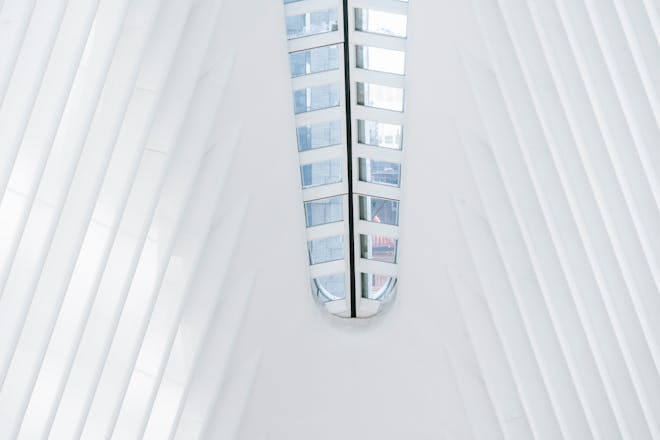Reverse Sear Prime Rib: The Ultimate Guide for Juicy Results
If you’re looking to achieve the perfect doneness on a prime rib, reverse sear is your secret weapon. This method is not only straightforward but also ensures a juicy, evenly cooked roast that’s sure to impress any dinner guest. In this comprehensive guide, we’ll walk you through the steps to master the reverse sear technique on a prime rib.
The Basics of Reverse Sear Prime Rib
What is Reverse Searing?
Reverse searing is a two-stage cooking method. It starts with cooking the meat at a low temperature until it’s almost at your desired level of doneness. The second stage involves searing the outside at a high temperature, creating a delicious crust without overcooking the interior.
Preparing Your Prime Rib for Reverse Searing
Before you begin, choose a high-quality prime rib. The size will depend on the number of people you’re serving, but a three-bone roast is a good starting point.
Season your prime rib generously with salt, pepper, and any other herbs and spices you prefer. Let the seasoned roast sit at room temperature for about two hours before cooking to ensure even cooking.
Cooking: The Low-Temperature Phase
Preheat your oven to a low temperature, around 250°F (120°C). Place your prime rib on a rack in a roasting pan, and insert a meat thermometer into the thickest part of the roast.
Cook the prime rib until it’s about 10°F (6°C) below your target temperature. For a medium-rare finish, you want to remove it from the oven at around 120°F (49°C).
The Searing Phase
Once your prime rib is close to your desired doneness, remove it from the oven and let it rest while you preheat a skillet or your oven’s broiler.
If using a skillet, heat it over high heat with a bit of oil until it’s smoking hot. Sear each side of the prime rib for about 1 to 2 minutes, creating a rich, brown crust.
Alternatively, you can use the broiler in your oven for the searing step. Set your prime rib in the broiler, and watch it closely as it can sear quickly.
Serving Your Reverse Sear Prime Rib
After searing, let your prime rib rest for at least 15 minutes before slicing. This allows the juices to redistribute throughout the meat, ensuring every bite is as succulent as the last.
Slice your prime rib against the grain, and serve it with your preferred sides and sauces.
Remember, the reverse sear technique may seem time-consuming, but it’s a simple process that yields incredible results. With a bit of patience and attention to detail, you can prepare a prime rib that rivals those of professional chefs.
Tips for the Perfect Reverse Sear Prime Rib
Here are a few tips to ensure your reverse sear prime rib comes out perfectly:
- Temperature is Key: Use a reliable meat thermometer to monitor your prime rib’s internal temperature closely.
- Rest is Crucial: Don’t skip the resting phase before and after searing. This step is essential for a juicy roast.
- Use High Heat for Searing: Whether you’re using a skillet or broiler, make sure it’s as hot as possible for the best crust.
- Season Well: Don’t be shy with the seasoning – a good crust is packed with flavor.
By following this guide, you’re on your way to serving up a reverse sear prime rib that’s cooked to perfection. Perfect for special occasions or whenever you want to treat yourself to a gourmet meal at home, the reverse sear method is a foolproof way to achieve the ultimate prime rib experience.
